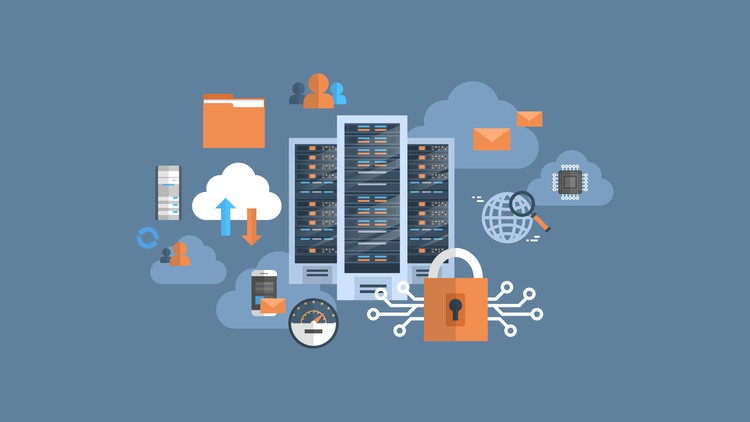
Learning Oracle cloud Advance SQL hands-on using Oracle cloud Virtual Appliance and SQL commands and scripts
What you will learn
☑ get familiar with the fundamentals of the Oracle database, including tables, constraints, writing SQL queries, and using Oracle SQL Developer
Description
Oracle SQL is a necessary skill for any Oracle professional. In this course we overs advanced aspects of coding using SQL in an Oracle Database 12c environment.The following key topics that can help you develop your Oracle SQL expertise including database concurrency transactions Oracle-specific schema objects such as indexes and PL/SQL procedures, functions, and packages; and table partitioning.
- Setting up the Oracle Database 12c environment
- Writing subqueries and inline views
- Creating table indexes to boost query performance
- Using the Oracle Data Dictionary
- Database transactions
- Creating sequences and triggers
- Table partitioning benefits
- Using LIST, RANGE, and HASH partitions
English
Language
Content
Introduction
Welcome
Setting Up the Environment
Oracle Developer VM overview
Open Oracle SQL Developer
Create a database connection
SQL Sub-queries
Introduction to subqueries
Using single-value subqueries
Using multiple-value subqueries
Using correlated subqueries
Using multicolumn subqueries
Using inline views
Indexes
Introduction to indexes
Creating indexes
The Oracle Data Dictionary
Introduction to the Oracle data dictionary
Using the DICT view
Querying data dictionary views
Database Concurrency
Overview of database transactions
Database transactions in action
Transaction locks
Advanced Oracle Schema Objects
Introduction to sequences
Creating sequences
Using identity columns
Introduction to table triggers
Creating triggers
Introduction to PL/SQL procedures
Introduction to PL/SQL functions
Introduction to PL/SQL packages
Creating PL/SQL procedures and functions
Creating synonyms
Creating simple views
Creating complex views
Table Partitioning
Introduction to partitioning
Table partitioning benefits
Table partitioning types
Using LIST partitions
Splitting LIST partitions
Using RANGE partitions
Using HASH partitions